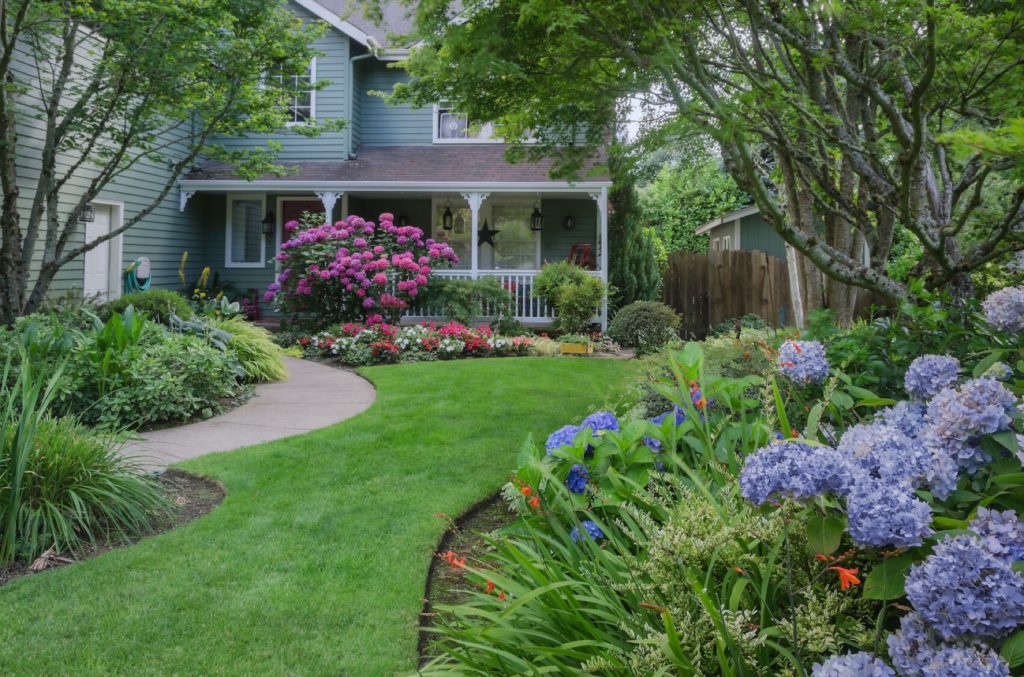Looking for a property to buy can be a busy and confusing process. Doing all the research takes time and money – and if you’re a bit short on either it can be tempting to take a short-cut. If you’re keen on a property and the seller or their real estate agent says they can give you all the information you’re after, such as the Land Information Memorandum (LIM) from the local council, or a property building report, you need to be aware of the risks.
If, for example, a real estate agent or seller gives you a LIM for the property, check carefully when it was prepared. A LIM is a summary of all the current property information held by the different departments at a council at the time. It contains details of council consents for any work done, how much the rates are and information on any geographic hazards that might have an impact on the property, such as subsidence. Bear in mind that this information can be reasonably general – the LIM for most houses in Wellington will say that they’re located in a high wind area, for example. If the LIM is dated a couple of weeks ago, it’s safe to assume it’s reasonably up to date. If it’s dated a year ago, it’s a good idea to make further enquiries. Getting a LIM costs money in most areas (prices vary from council to council). You can also ask to see the property file held by the council, which holds other information about a property, like a site map and original house plans.

A building report is a bit trickier. Using a building report provided by the seller (or the real estate agent working for them) may seem like an easy option in the short term. However, if you buy the property and then find problems with it that cost a significant amount to fix, you’re not protected by the building report because the inspector’s contract is with the seller, not you. The Real Estate Authority (REA) recommends using an accredited property inspector who complies with the New Zealand building inspection standard 4306:2005. Their written building report will identify any current defects as well as highlight any urgent and long-term maintenance required. Look for someone who has a good level of indemnity insurance, as this will protect you if you buy the property and then find you need to fix something that wasn’t in the report. Building inspections do come at a cost, but we think it’s worth it to be sure that you’re fully aware of what you’re signing up for.
Depending on the age of the house you’re looking at don’t necessarily expect a thin report saying there are no issues. Many wooden houses in New Zealand are over 50 years old and there will be things the inspector needs to point out. Make sure you understand what normal age-related matters are (that may not be major issues), compared to significant repairs needed in the short term to fix a problem. The building report you receive should separate these things out – if it doesn’t, then ask the inspector about the difference.

If you end up with a building report with a lot of information about the property it doesn’t mean you should walk away. Instead, see it as giving you the opportunity to know what you’re buying. Doing this before you make an offer means you are fully aware of what the property may need to have done to it and your offer figure can reflect that. However, if you don’t feel comfortable paying for a building report before you make an offer, you can make a property inspection a condition of your offer. Like most things in life, buying a property will go more smoothly if you put the work in. If a short cut seems too good to be true, it usually is.

words by BY THE SETTLED.GOVT.NZ TEAM
Do you have a question on the local Real Estate market, or should you spend money on a renovation of your home before you sell, or have any questions about buying a home, or a building report, just call me on 0274 951 536 I’m always on hand to answer your query.


